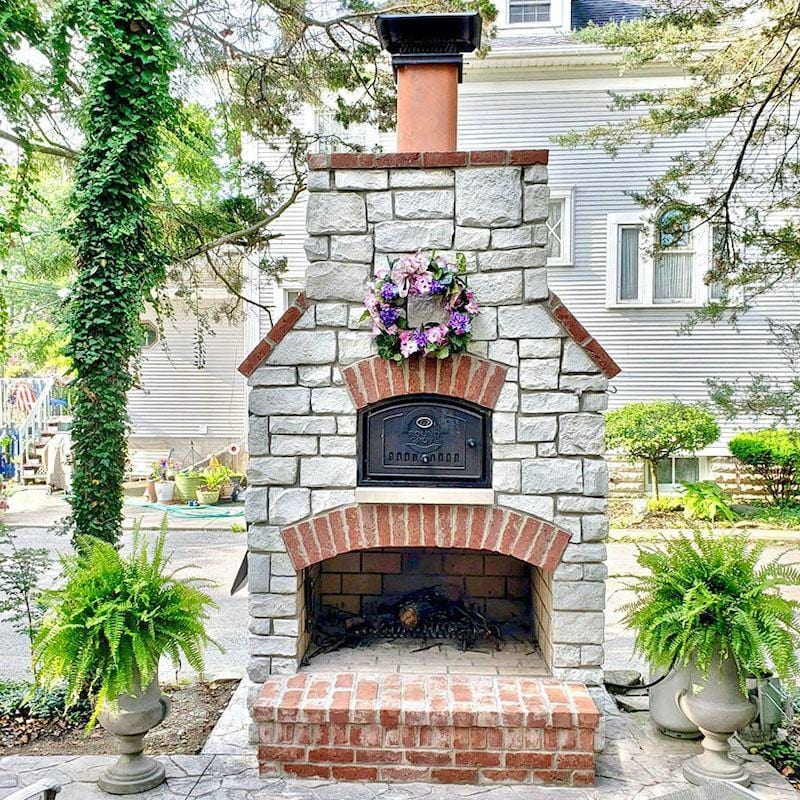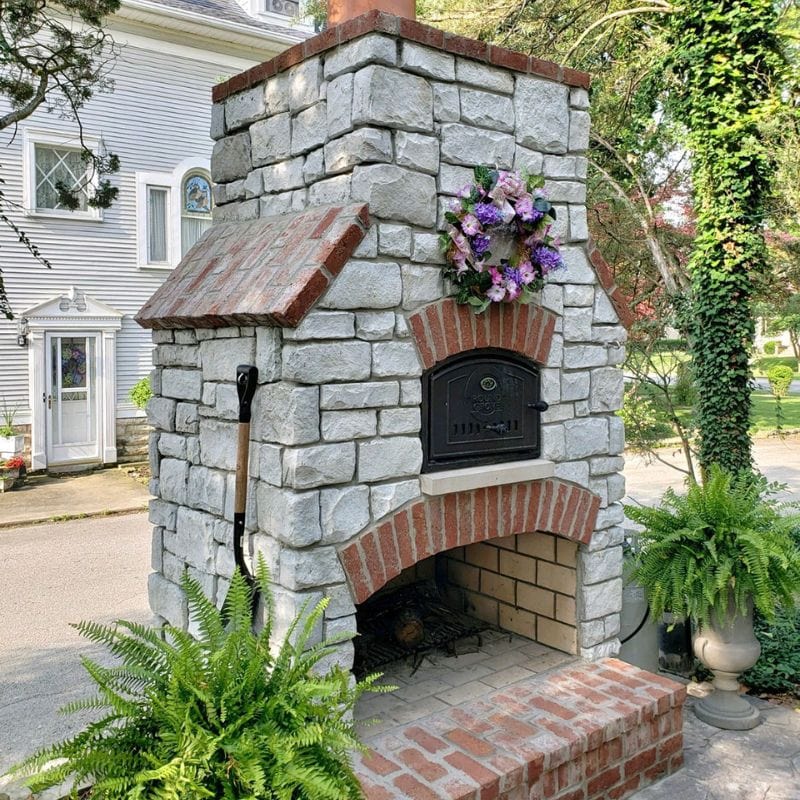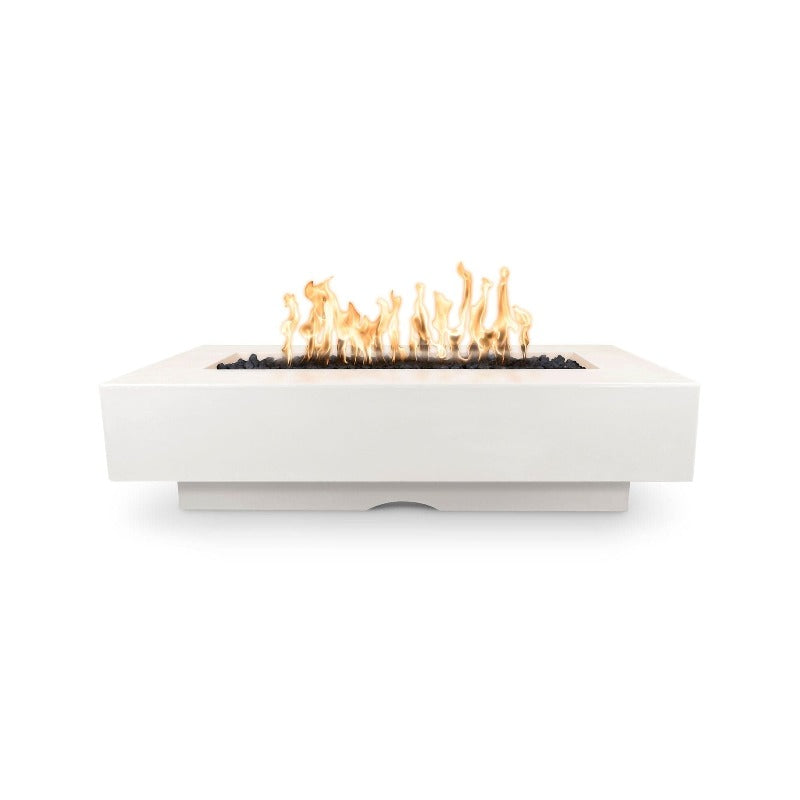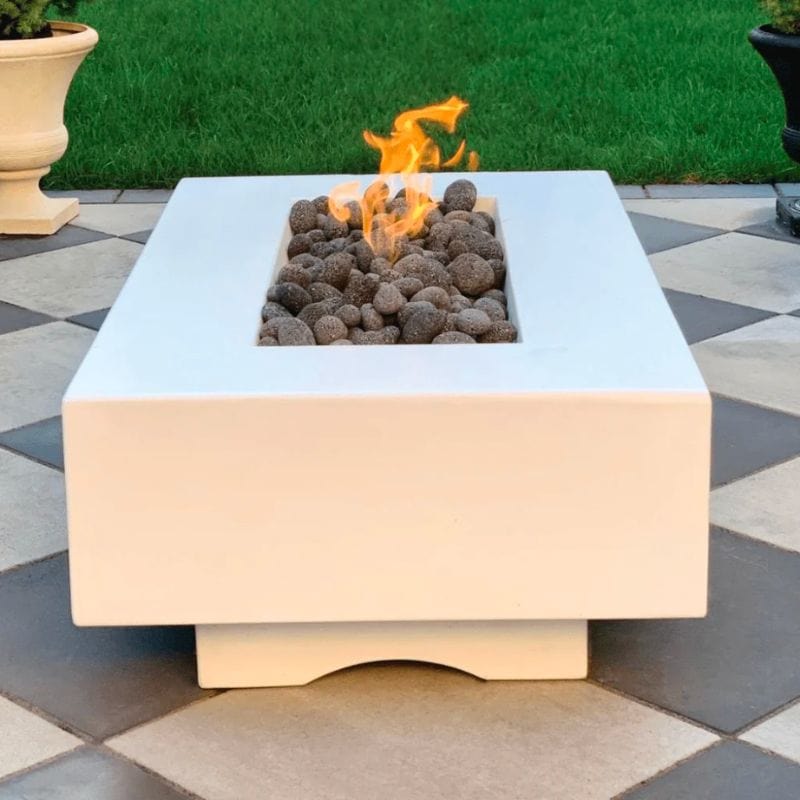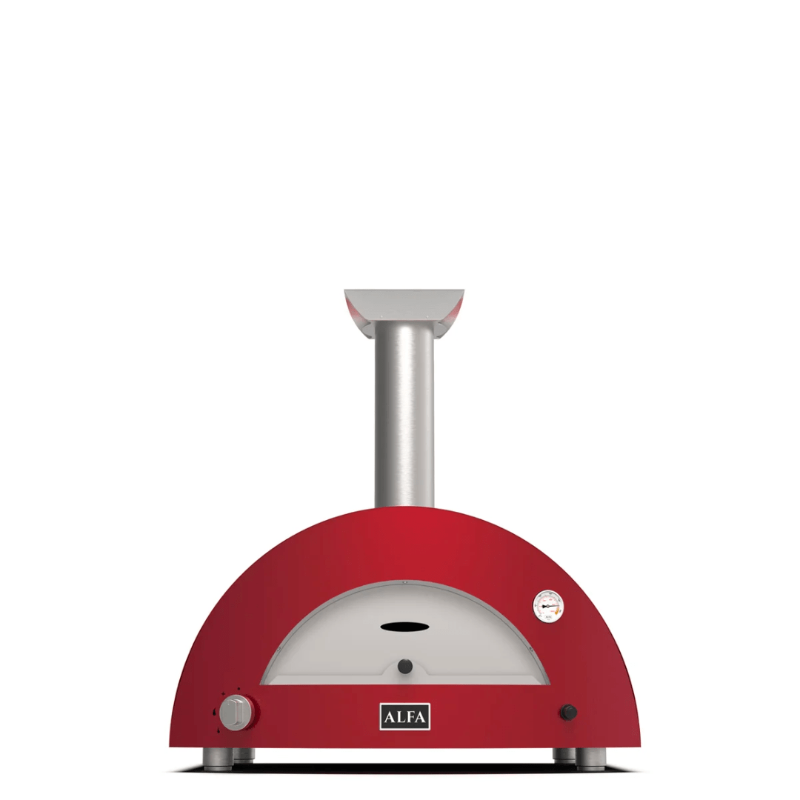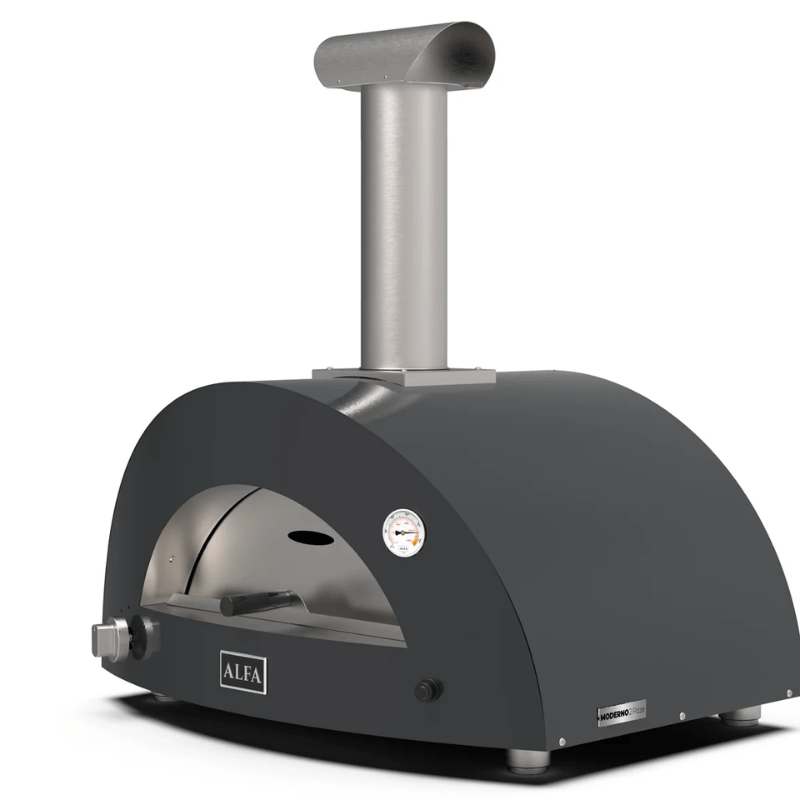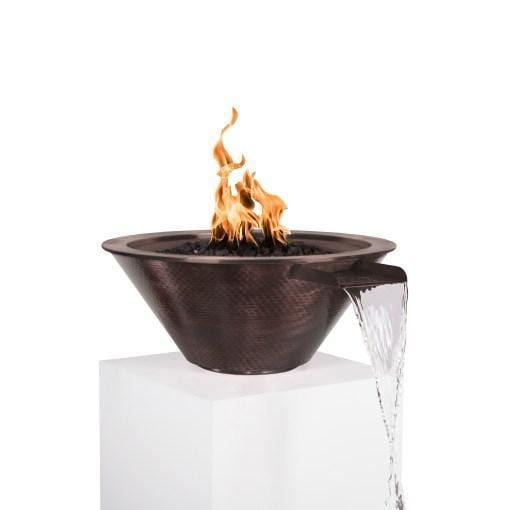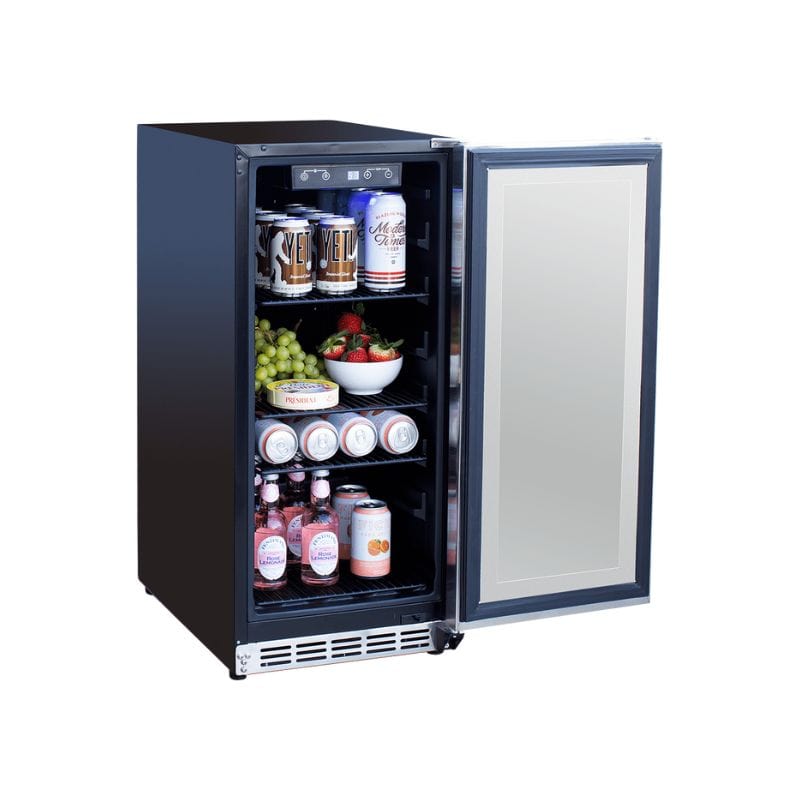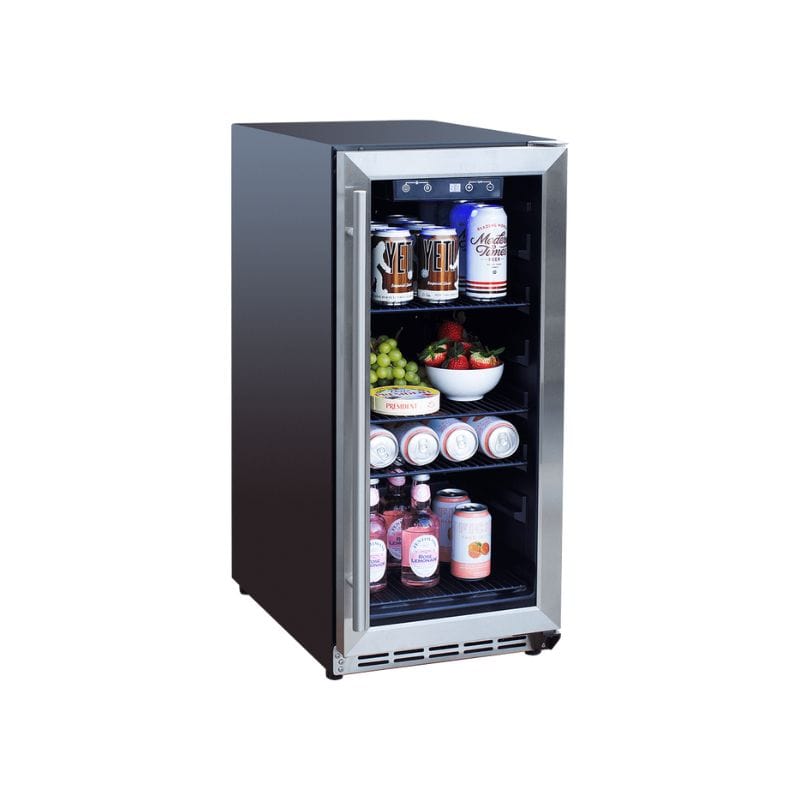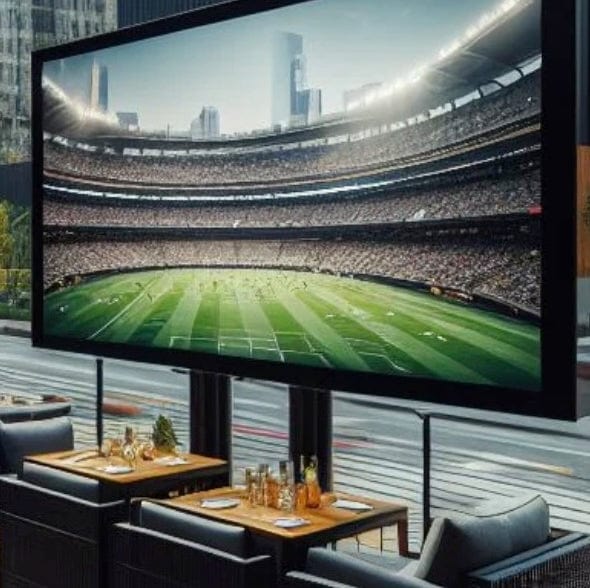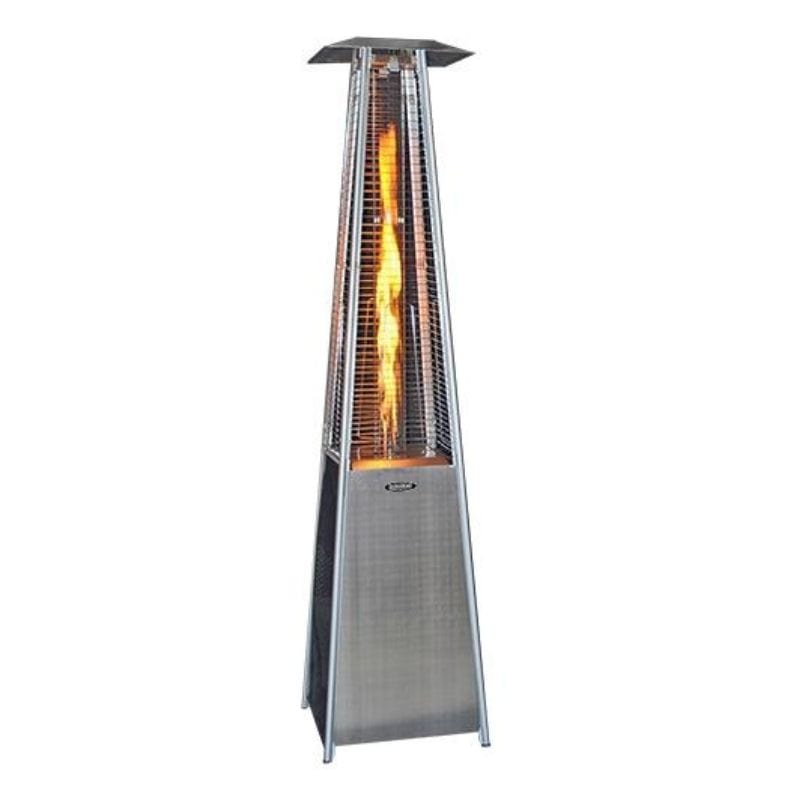If you've been researching wedding reception trends recently, you've likely noticed the rising popularity of outdoor cooking stations. Gone are the days when your only options were a formal plated dinner or a traditional buffet line. Today's couples are embracing something far more exciting: interactive food stations that transform wedding cuisine from a simple meal into a memorable experience.
Why Cooking Stations Are Taking Over Wedding Receptions
Recent wedding industry reports show that interactive food elements have increased by nearly 65% in popularity over the past three years. This dramatic shift isn't just about following trends—it's about creating genuinely better guest experiences. Here's exactly why these interactive food experiences are becoming the must-have element for modern weddings:
They Turn Food Into Entertainment
Professional chefs working at live cooking stations create a natural focal point that engages guests on multiple sensory levels. At seafood stations, for instance, watching chefs prepare fresh lobster tails and grill fresh-caught fish adds theatrical value to the dining experience without raising the cost. The skilled preparation—cracking shells, brushing with herb butter, and adding that perfect char over open flames—becomes part of the entertainment.
The sensory experience goes beyond just taste, incorporating sizzling sounds, aromatic smoke, and beautiful presentation. Industry experts note that these multi-sensory experiences create stronger memory imprints than traditional dining formats, making your reception more memorable for guests.
Event photographers report capturing more candid, joyful interactions around cooking stations than during any other reception activity. These natural gathering points encourage genuine smiles and conversation that make for both better photographs and more enjoyable guest experiences.
They Solve the Personalization Problem
According to recent catering surveys, over 40% of wedding guests now have some form of dietary preference or restriction. This creates significant planning challenges for traditional meal service.
Custom pasta stations offer an excellent solution by allowing guests to personalize every element of their dish:
-
Multiple base options:traditional semolina, whole wheat, gluten-free rice pasta, or vegetable noodles
-
Various sauce choices:classic marinara, dairy-free pesto, or white wine sauce
-
Protein options:grilled chicken, sautéed shrimp, or roasted vegetables
-
An array of toppings: fresh herbs, different cheeses, chili flakes, toasted pine nuts
Wedding planners confirm that stations typically cost 15-20% less than ordering individual specialized meals for guests with dietary restrictions. This approach not only accommodates diverse needs but also often improves the dining experience for everyone while potentially reducing your catering budget.
How Cooking Stations Create Unforgettable Wedding Experiences
They Improve Social Dynamics
Wedding industry experts have long observed that traditional seating arrangements can sometimes limit guest interaction. Fixed seating keeps guests confined to conversations with the 8-10 people at their assigned table.
Cooking stations naturally create different traffic patterns and gathering points throughout your venue. These movement opportunities allow guests from different social circles to interact organically around shared culinary interests.
Reception venue managers report that stations distribute guests more evenly throughout the space, preventing the awkward empty pockets that can occur with traditional seating. This improved flow creates a more dynamic atmosphere where conversations happen naturally.
The flexible timing also gives guests freedom to pace their evening according to their own preferences, grabbing bites between dance sessions, going back for seconds of their favorites, or taking breaks from socializing without the awkwardness of being visibly absent from an assigned table.
They Tell Your Story Through Food
Professional wedding planners increasingly recommend using reception elements to showcase the couple's unique story. Cooking stations offer an elegant way to incorporate personal narrative through culinary experiences.
Consider these creative approaches being used by modern couples:
-
Stations representing heritage (Italian, Mexican, Southern, etc.)
-
Cuisine from significant relationship locations (where you met, first date, proposal)
-
Dishes that represent shared experiences (travel destinations, favorite restaurants)
-
Family recipes adapted for large-scale service
Small descriptive signs or menu cards can explain the significance of each cuisine, turning food service into storytelling that creates a deeper connection to your celebration. Guests appreciate these personal touches that make weddings feel unique rather than monotonous.
Practical Benefits You Might Not Have Considered
Beyond the experience, outdoor cooking stations offer tangible advantages that many couples overlook during planning:
They Manage Crowds More Effectively
Traditional buffets typically result in 15-20 minute wait times during peak service periods. Multiple stations distributed throughout a venue can reduce wait times to under 5 minutes, keeping energy levels high throughout the reception.
Strategic station placement can also encourage guests to explore your venue, especially in beautiful outdoor settings where different areas might otherwise go unused. This maximizes your investment in the venue while creating natural movement and flow. Also, the dance floor remains consistently active rather than emptying completely during designated eating times.
They Reduce Food Waste Significantly
Catering companies report 30-40% less food waste with station service compared to pre-plated meals. When guests self-portion and select only what appeals to them, they're much more likely to finish what's on their plate.
This reduction in waste translates to both environmental benefits and potential cost savings. Many caterers now offer slightly reduced per-person rates for station service compared to plated meals due to these efficiency improvements.
They Adapt to Almost Any Venue
Traditional catering often requires specific kitchen facilities that limit venue options. Outdoor cooking stations can adapt to virtually any location—formal venue, beach, backyard, or barn wedding.
Many beautiful wedding venues don't offer in-house catering. These destinations allow approved third-party caterers to bring in equipment like portable cooking stations, transforming potential limitations into opportunities for unique food experiences.
Mobile cooking equipment has advanced significantly in recent years, with professional-grade portable units now offering the same capabilities as permanent kitchen installations. This flexibility allows couples to prioritize location without compromising culinary quality.
How to Make Cooking Stations Work Beautifully for Your Wedding
If you're considering this approach for your reception, here are expert recommendations for executing it flawlessly:
Calculate Your Station Needs Accurately
Catering professionals recommend the following station-to-guest ratios to prevent long lines:
-
Under 75 guests: 2-3 stations
-
75-150 guests: 3-4 stations
-
150+ guests: 5+ stations minimum
For optimal flow, position stations strategically around your venue rather than clustering them in one area. Industry best practices suggest creating clear pathways between stations with appropriate spacing to prevent congestion.
Professional event planners recommend thinking of your reception as a culinary journey. Create an intuitive flow where guests naturally discover new food options as they explore the space, with clear signage directing them to each experience.
Focus on Quality Over Quantity
You should prioritize excellence in execution over excessive variety. Three exceptional stations will create a better impression than six mediocre ones.
Popular station combinations that work particularly well together include:
-
A build-your-own street taco bar with freshly made tortillas
-
A Mediterranean grill featuring protein and vegetable skewers
-
A pasta station with fresh ravioli or hand-rolled gnocchi
-
A dessert flambé station with dramatic presentation elements
These options provide sufficient variety to satisfy diverse preferences while maintaining cohesion in the overall dining experience. Each station should offer multiple choices, but doesn't need to provide endless options.
Address These Practical Details
There are several critical considerations that can make or break station service:
-
Weather contingencies: Outdoor stations should have appropriate covering options for unexpected weather changes. Tents or pavilions with open sides maintain the outdoor feel while providing necessary protection.
-
Lighting requirements: Food stations need proper lighting both for functionality and aesthetics—guests should be able to clearly see what they're selecting, especially after sunset. Bistro lights, lanterns, or strategic uplighting can enhance both visibility and ambiance.
-
Seating balance: Even with stations, approximately 70% of guests will want somewhere to sit while eating. Professional planners recommend providing seating for at least 70-80% of your guest count, including high-top tables for those who prefer to stand.
-
Allergen identification:Clear labeling of ingredients is essential, especially for common allergens. Food service regulations in most states require identification of major allergens at self-service stations. Small, elegant cards identifying potential allergens ensure guest safety without compromising aesthetics.
The Return on Investment: Memorable Experiences Worth the Effort
Food and beverages typically account for 25-30% of the overall wedding budget, making it one of the largest single expenses. Cooking stations transform this necessary expense into an interactive, meaningful experience that contributes significantly to guest satisfaction.
If you're planning your celebration, consider how cooking stations might showcase your unique story, accommodate diverse dietary needs, and create the kind of genuine moments that truly celebrate the start of your married life.
While decorative elements like centerpieces and floral arrangements certainly contribute to the aesthetic appeal of your reception, the shared experience of exceptional, interactive dining creates lasting impressions that guests continue to discuss long after the wedding day itself.


